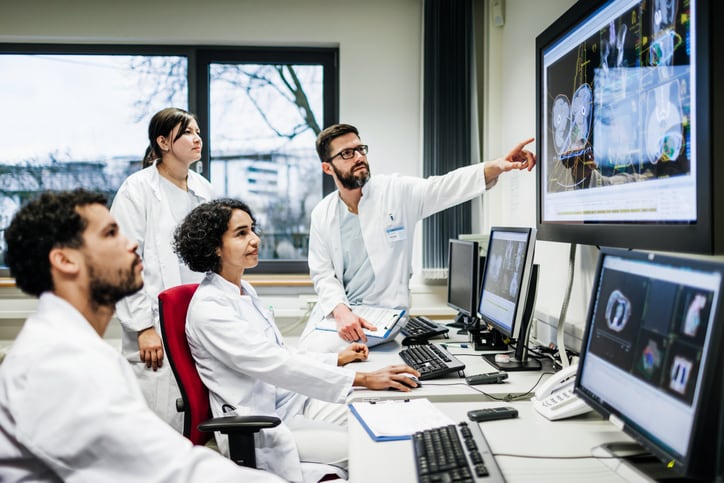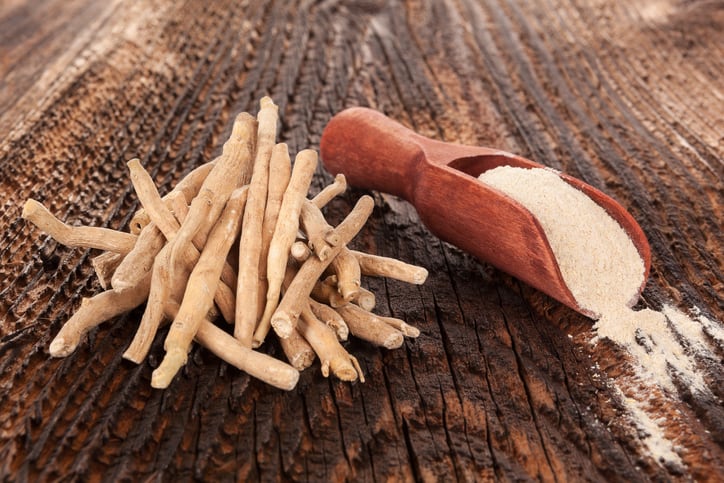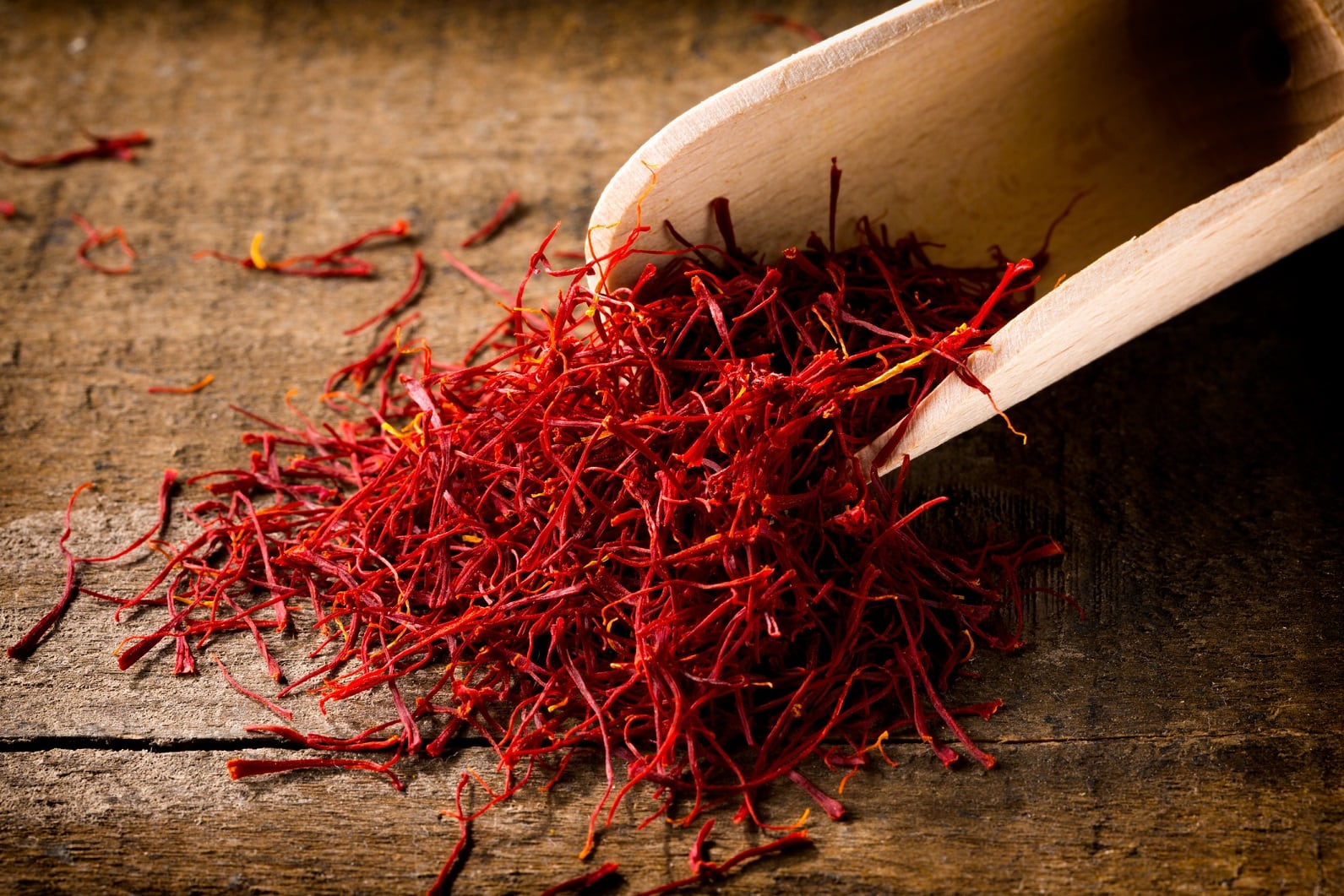When developing methodology for stress research, scientists suggest first identifying the type of stress response that is most relevant for their research. Stress responses include psychological, behavioral, cognitive, and physiological reactions and can occur before, during, or after the exposure.
“Psychological stress responses include specific emotions triggered by the stressor, as well as efforts to regulate that emotion . Behavioral responses include coping behaviors such as smoking or seeking social support. Cognitive responses include appraisals of the exposure and perseverative cognitions . Physiological responses include immune, autonomic, neuroendocrine, and neural changes related to stressor exposure,” explained the Alexandra D Crosswell and Kimberly G Lockwood, the authors of ‘Best practices for stress measurement: How to measure psychological stress in health research.’
The research, published in Health Psychology Open, also noted knowing the life stage during which the stressor occurs is crucial.
“‘Sensitive periods’ are specific time points in the life course during which physiological systems are maximally influenced by external environmental factors, and thus stressor exposure can have a particularly strong influence on development. Sensitive periods during which stress may have the greatest effect are likely: prenatal, before age 5, during puberty, entry into parenthood and during menopause," the researchers wrote.
Multi prong approach is key
Erin Lewis, PhD, Scientific Director, Nutritional Sciences at KGK Science, said that because it is so complex, researchers have to approach stress from all angles. “There are many causes of stress, but there are also many different manifestations of stress in individual people. While there are measures to assess stress itself, one needs to consider the multi-faceted effects that stress can have, and the potential efficacy of an investigational product on stress-related outcomes. In designing stress trials, consider outcomes which may be related to stress such as sleep, quality of life and mood. Often a dietary supplement or natural health product that can impact stress may have a positive effect on other life measures.”
So how is stress measured?
“This is a timely question, as recent studies indicate a sizable portion of the global population has dealt with some type of stress brought on by the Covid-19 pandemic. Stress is often thought as a response to an event, whether perceived or real, that results in 1) biochemical changes that disrupt normal physiological homeostasis, with a classic example being the ‘fight or flight response,’ or 2) a psychological response that elicits certain thoughts, feelings, or emotions commonly considered as having negative health outcomes. In reality, ‘stress’ is really an umbrella term. The definition and measurement of stress is very nuanced and depends on a number of factors. So… how is stress measured? This gets the classic scientist answer: It depends!” said Chad Cook, PhD, Research Director at Biofortis.
Cook added that as in many areas of science, there doesn’t seem to be a uniform approach or general consensus on conducting a clinical trial in this area, especially in the food and dietary supplement arena.
“Biomarkers of stress include salivary or blood markers such as brain-derived neurotrophic factor (BDNF). Participants can subjectively report stress through the Perceived Stress Scale (PSS) or State-Trait Anxiety Inventory (STAI). Electroencephalograph (EEG) may also be used to examine brain waves, particularly alpha and beta waves, which are associated with stress and mood. These tools can also be used in models of stress to examine acute changes in stress response. The Trier Social Stress Test which stresses participants through public speaking, or a mental arithmetic stress test are common models of stress tests,” said Lewis.
In the clinical trials promoted by Pharmactive, Alberto Espinel, Head of R+D, said that stress is measured by the analytical gold standards recommended by international authorities. “For instance, EFSA recommends gathering scientific evidence by validated psychometric tools, such as self-reported or clinical scales or questionnaires, even with diagnostic meaning. Therefore, the studies have been carried out with the use of DASS-21, POMS and other successful questionnaires. Additionally, as the Authorities recommend, we have also studied the changes in biological parameters associated with acute responses to psychological stress (e.g. salivary cortisol or heart rate) as supportive evidence.”
Getting the right subjects
Arjuna Joint Managing Director, Benny Antony, PhD, explained that everything from climate, job conditions, relationships, health issues, and sleep must all be taken into account. “One way of overcoming the situation is to increase the sample size. Doing a multi-centric placebo controlled double blinded study can also help in reducing the study related bias.”
“Stress can be attributed to a variety of factors, so when studying stress in healthy populations something that KGK carefully considers is the inclusion and exclusion criteria of a study to ensure we select the right participants for the study,” said Lewis. “We also strive to be comprehensive in the information we collect from participants such as demographics, dietary patterns, sleep, exercise, alcohol, smoking and cannabis use, and environmental sources of stress such as work and lifestyle. In our experience, having this information available helps us better understand the results at the end of the study. Individual responses to stress can be unique, so having a keen understanding of the population allows us to explain potential inter-individual variability and to further elaborate on the nuances associated with specific study ingredients or products. We know that many of the biomarkers used to measure stress have a diurnal pattern, for which levels change during the day. A great example of this is cortisol. Levels of cortisol are highest within 30 minutes of waking and decrease over the course of the day. When designing a study, we need to consider the transient nature of these biomarkers. The time points chosen to collect a biomarker must be consistent for each participant and the whole population to provide meaningful results.”
Cook said determining what data is available on the specific product or ingredient being studied is very important when mapping out other key features of a quality study design, including determining participant demographics and any confounding factors that may impact results along with what outcome measures will best represent a response to a specific stressor. “At Biofortis, one approach used to study psychosocial stress responses during an intervention trial is a computerized cognitive function testing lab. Additionally, recent advances in technology have expanded our capabilities to conduct ‘virtual’ studies using electronic data capture tools and conducting e-visits where participants interact with study personnel online.”
Stress and disease
An overwhelming number of studies have linked psychological stress to disease development. In order to properly address this, Crosswell and Lockwood encourage the adoption of more precise language when writing about stress in academic papers, more careful selection of stress measures, with a focus on validated measures when possible, and theoretically driven integration of mechanistic pathways linking stress to health outcomes.
“The ultimate goal of having sophisticated research on the relationship between stress, health, and well-being is to develop evidence-based ways to help people thrive in our stress-filled world,” the authors concluded.
Source: Health Psychology Open
2020-07 DOI: 10.1177/2055102920933072
Best practices for stress measurement: How to measure psychological stress in health research
A Crosswell et al.




